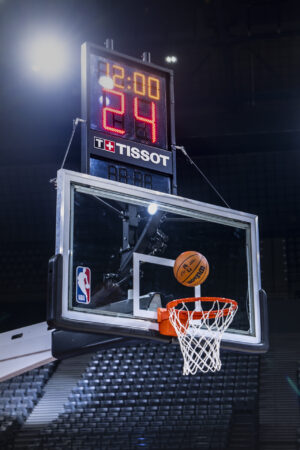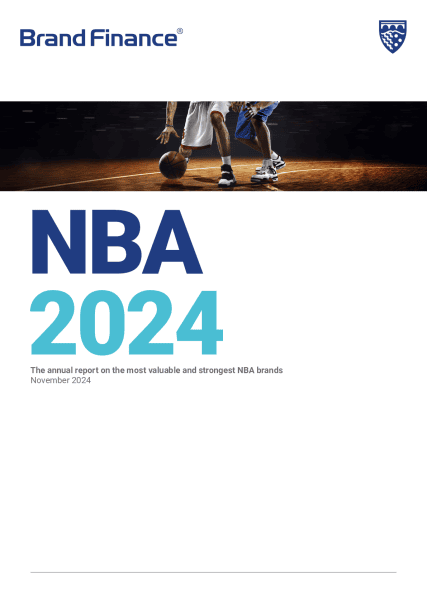This article was originally published in the Brand Finance NBA 2024 Report
NBA sponsorships offer unique opportunities for brands to connect with audiences on and off the court. Brand Finance sat down Jay Barbeau, Vice President, CAA Brand Consulting to uncover the strategies behind successful partnerships.

Vice President,
CAA Brand Consulting
What are the primary considerations a brand evaluates when exploring an NBA sponsorship?
It often begins with two fundamental questions: the cost of the deal and what the sponsorship package entails. The answer depends on a few factors, such as the brand’s category, exclusivity goals, and whether they’re targeting regional or global reach. For some, the focus might be on hospitality and VIP experiences, while others prioritize digital activations.
Our role is to draw on our NBA experience to estimate where these costs and packages might land, but a crucial first step is to assess if the NBA is even the right fit. Just because a brand can afford it doesn’t mean it’s the best move. We look closely at fan demographics and how well they align with the brand’s goals. The NBA, for instance, has excelled at reaching a young, diverse audience, which appeals to many brands.
How do you benchmark sponsorship opportunities across teams or leagues for clients?
It’s part art and part science. We maintain a database with constantly updated deal benchmarks, which allows us to compare opportunities, whether within basketball or across other leagues. Our analytics team estimates the value of assets based on historical data, and we then ensure the league’s audience aligns with the brand’s demographic. Price alone isn’t everything.

What metrics do you use to measure sponsorship returns, and how do you handle situations where partnerships fall short?
We set specific KPIs based on each brand’s objectives and incorporate analytics from the start to assess outcomes by the partnership's end. If results fall short, the brand usually reassesses its approach. It’s more than a single metric; qualitative aspects play a role too, as some benefits are intangible. A comprehensive evaluation is key.
How does talent activation play into partnerships? How critical is choosing the right talent early on?
Talent is essential, especially now when many fans follow players as much as teams. NBA players, in particular, have vast fan bases beyond the league. Talent activation is nearly a given in most of our partnerships, as brands often leverage a player’s social following for launches or co-branded events, adding a personal face that the league alone may not provide.
Selecting the right talent is a strategic process. Typically, player involvement is a separate arrangement from the league, though the NBA may facilitate introductions. We choose players who align with brand goals, whether for social media, events, or message amplification. Sometimes we focus on players in specific markets or rising stars who fit the brand’s personality. This alignment is crucial to ensure the partnership feels authentic.
Could you share an example of a best-in-class client activation and its impact?
A standout example would be Tissot, part of the Swatch Group. As the NBA’s official timekeeper, their sponsorship ties into the shot clock and buzzer-beater moments. Tissot’s brand is inherently linked to precision, so when those high-stakes, last-second shots happen, their brand is right there, tied to the emotional energy of the game. They even have rights to social media assets when buzzer-beaters occur, which keeps their brand connected to some of the most memorable moments in basketball. After almost a decade with the NBA, Tissot remains a powerful example of a well-aligned, long-term partnership.
Beyond on-court success, what drives a team’s brand strength?
While on-court performance is a factor, market reach, innovation, and community engagement play substantial roles too. Teams in major markets have extensive followings that offer valuable brand exposure. Others stand out for initiatives in technology or community programs, enhancing their appeal to sponsors. It all depends on what the brand values most in a partnership.

